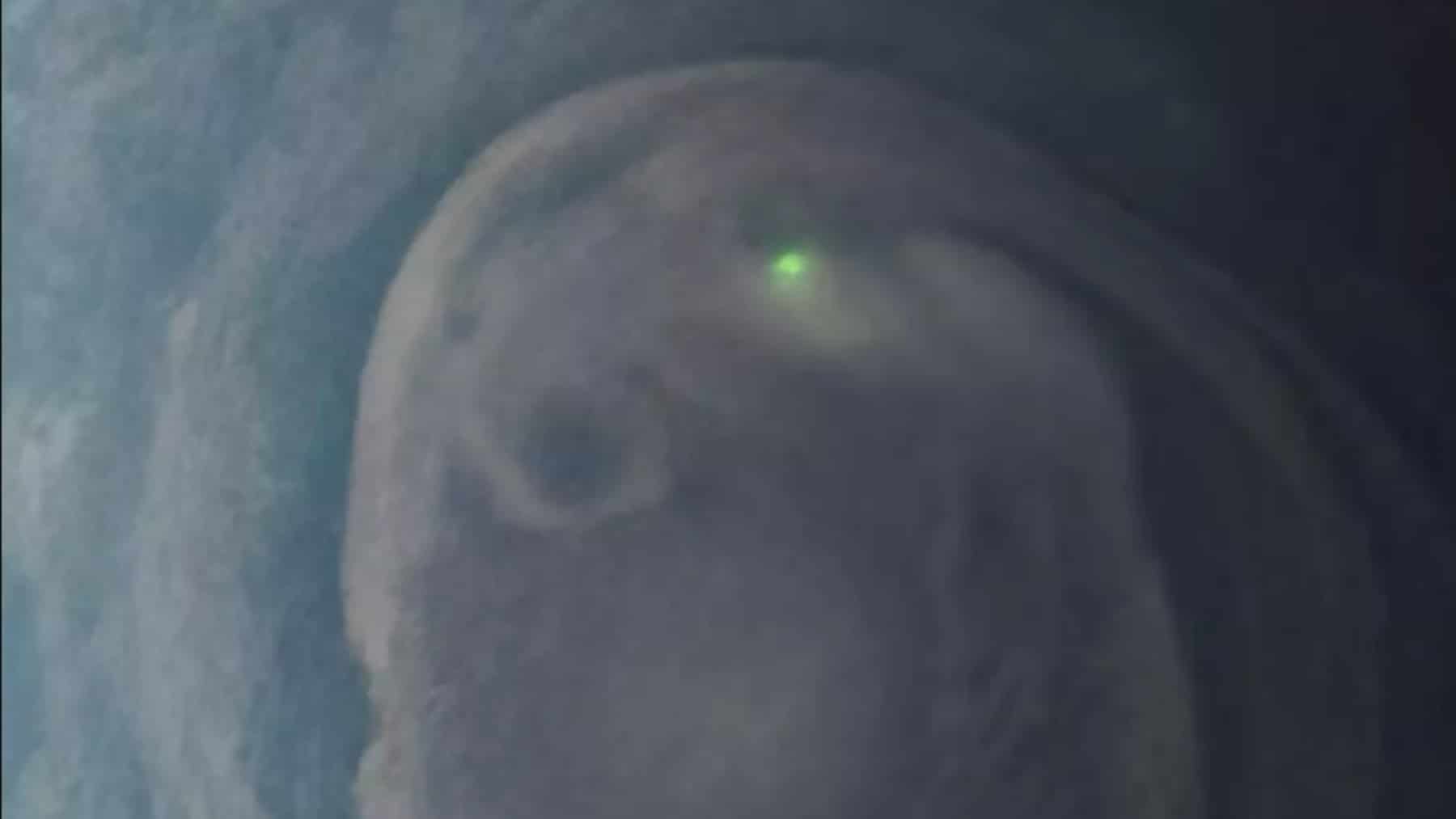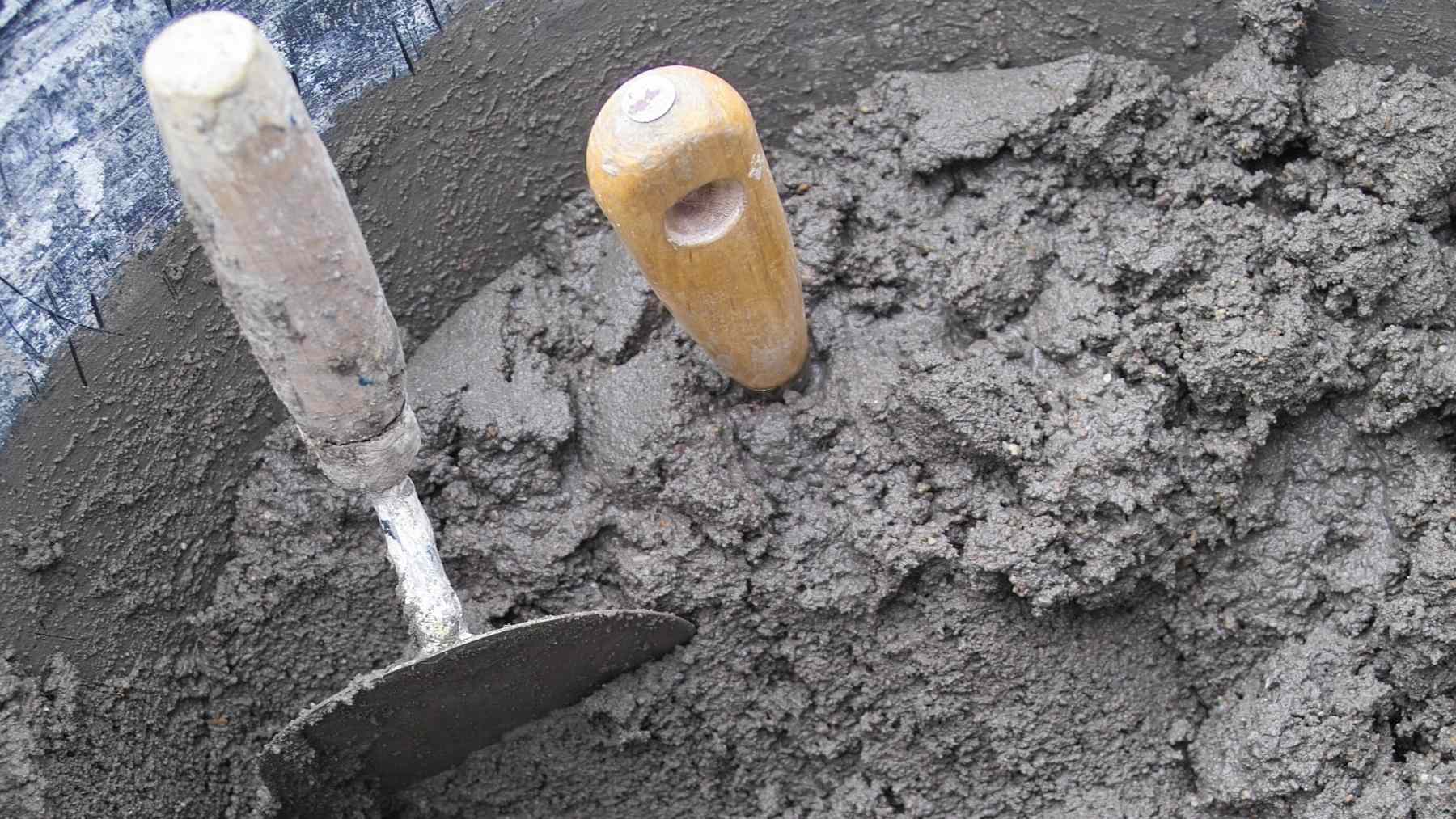We’re waiting for years for signals from the universe, whether from our ultra-sensitive telescopes, long-term missions, or even radio observatories scattered around Earth. Until the impossible happened recently: one of the world’s most advanced radio telescopes detected an extremely short but incredibly powerful radio burst. The signal came from a NASA satellite launched in 1964 that had been inactive for over half a century.
The 1964 satellite that came back from the dead
This satellite, more like a ghost, is Relay 2, launched in January 1964 as part of an experimental NASA communications program. However, its lifespan was short, and it stopped functioning in 1965 and was then declared completely inactive in 1967. Since then, it has become just another piece of space junk, or at least that’s what everyone thought.
And then, almost 60 years later, it made headlines again. It was the ASKAP radio telescope in Australia that captured a radio pulse so intense that it outshined all other signals in the sky by a factor of thousands. Its duration? Just 30 nanoseconds. Yes, billionths of a second. Too short to be a conventional FRB, but strong enough to confound even the most experienced scientists.
“We got all excited, thinking we had discovered an unknown object in the vicinity of the Earth. These are incredibly powerful explosions in radio (waves) that last about a millisecond. We don’t know what’s producing them, and we’re trying to find out, because they really challenge known physics” said Clancy James, an associate professor at Curtin University’s Curtin Institute of Radio Astronomy
So much so that it was only after a thorough analysis of the signal’s direction and dispersion that astronomers realized it wasn’t coming from a distant galaxy, but rather from Earth’s orbit, about 4,500 km away. And right there was the culprit: Relay 2, the zombie satellite.
The two hypotheses about what may have caused this signal
Of course, after all the anticipation, scientists’ first reaction was frustration. But this frustration quickly gave way to scientific curiosity. After all, how could a dead satellite, without power and functional systems, emit such a strong and distinctive signal (even after 57 years of inactivity)? Two hypotheses were on the table:
- Electrostatic discharge: The satellite accumulated an electrical charge over time, due to interaction with the plasma in Earth’s orbit. This accumulation, upon reaching a critical point, would have generated a spark, releasing a short burst of radio waves.
- Micrometeorite impact: A tiny particle, weighing just micrograms and traveling at over 70,000 km/h, could have collided with the satellite, creating a plasma cloud that emits radio waves.
Space is getting full: will we adapt or drown in the static?
Beyond the scientific oddity, this story highlights a growing problem: background noise generated by old satellites and space debris can interfere with astronomical observations. And as more satellites are launched, especially with the rise of megaconstellations like Starlink, the risk of data “contamination” increases considerably. We must remember that more than 20,000 satellites have been placed in orbit since the beginning of the space age. Half of them are already inactive, floating silently around Earth. But, as we saw with Relay 2, “silent” may not be the best word.
The good news? This type of interference can be used to our advantage. Scientists believe events like this can help monitor electrostatic discharges on satellites, one of the main causes of orbital equipment failures. To date, this type of damage is mostly suspected. With techniques like the one used by ASKAP, we may be able to observe them directly from the ground (it’s no wonder NASA detected a strange radio signal under the Antarctic ice), without relying on investigations from orbit.















